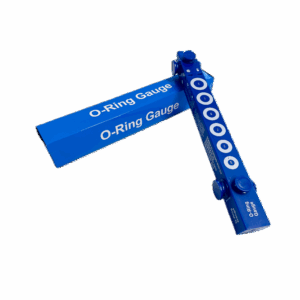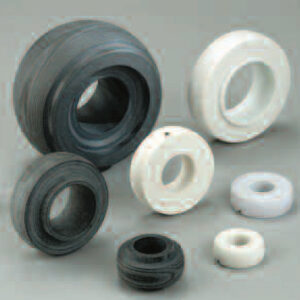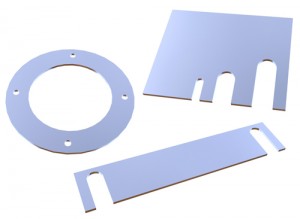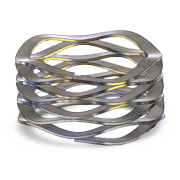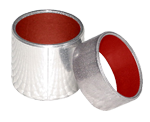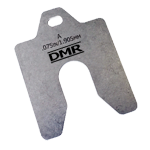Possibilities for Geothermal Heat in the Food Processing Sector
Geothermal heat is heat that has escaped from the core of the Earth. Not only is the heat clean, but it is renewable, making geothermal heat a great alternative to non-renewable energy sources. To get the heat, pumps are installed which tap into the heat source and a delivery system (ductwork) is connected. The ductwork is connected to a system of pipes called a heat exchanger and all of these components are buried in the ground near the building where it will be used.
To date, geothermal heat has been used in many applications. The system works by having the heat pump remove heat from the exchanger and pump it to the air delivery system located inside the building. During the warmer months, the process does the exact opposite for cooling or to provide hot water.
The possibilities for geothermal heat in the food processing sector are many, especially in countries where high energy costs make food preservation unaffordable. Using a cost-effective, renewable energy source would help developing countries to increase the rate of: pasteurizing milk, drying a variety of foods like fruits and fish, and sterilizing produce. This type of system could greatly increase the food security needs of these developing countries.
The use of geothermal heat for food processing is especially promising for countries located in the “ring of fire,” which includes Indonesia, the Philippines, and Mexico. Although some developing countries have harnessed geothermal heat for other uses, such as for traditional heating and bathing, the use of geothermal heat for food processing could be a game changer in the future. If developing countries can tap into the geothermal heat without significant costs, it will greatly increase their self sufficiency as well as stabilizing their food needs over the long term.



